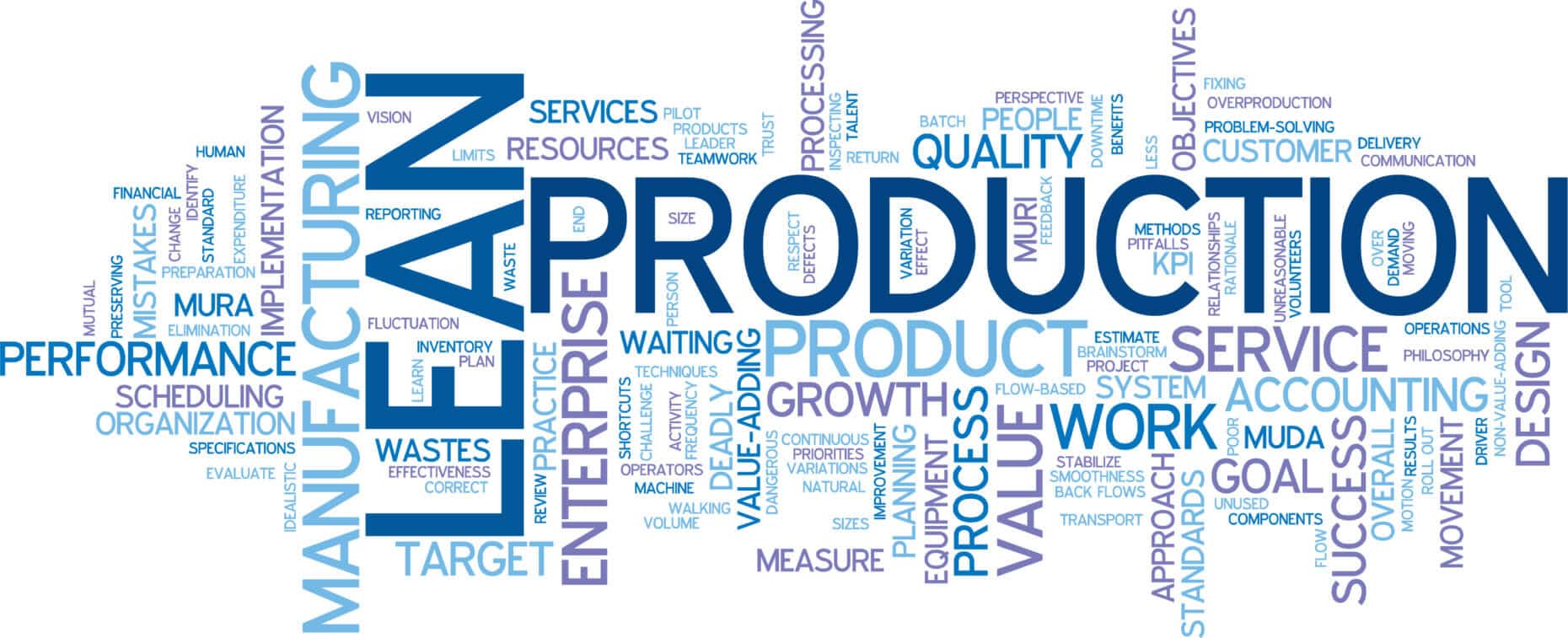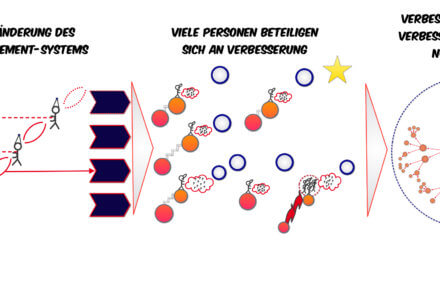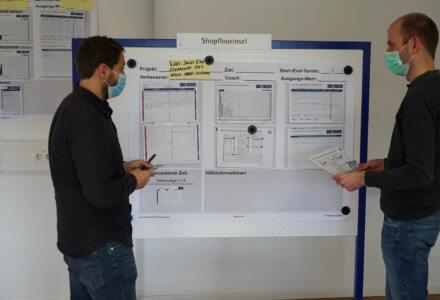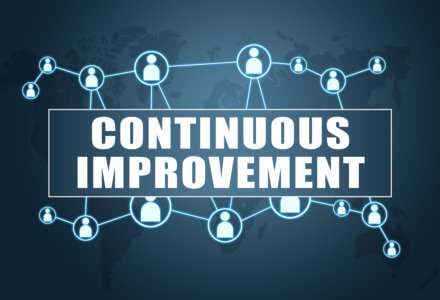Lean Management Principles
The idea of lean management was born in Japan as early as after the Second World War with the guiding principle of making optimum use of the scarce resources available at the time. In the early 1990s, the automotive industry began to look for ways to improve quality and efficiency in production. Toyota, in particular, is considered a pioneer here. The principle of Lean Management (also called Lean Thinking or Lean Production) is to create value without wasting time, resources and materials. To achieve this, it is necessary to optimally coordinate the necessary activities and materials required.
This article explains the 5 core principles of lean management activities, which form the guidelines for reviewing the existing system.
1. Define the value from the customer's point of view
The first step is to examine exactly what is to be produced and to match the products precisely to the customer's needs. The customer should receive his individual product in the best possible quality at an adequate price at the right time at the right place for him.
2. Identifying the value stream
Subsequently, all processes that are necessary for the production of the services from the raw material to the customer are considered in detail. The value stream describes all activities that are required to manufacture the product. All other, unneeded activities must be eliminated from the process in order to avoid waste, optimize alignment with customer needs and make efficient use of all resources.
3. Implementing the flow principle
The flow principle describes the design of production as a continuous and smoothed process. Intermediate storage and buffer stocks lead to costs. The prerequisite for flexible, order-related and efficient control of production is the elimination of bottlenecks, the harmonization of production and the alignment of this with the value stream.
4. Introduce the pull principle
The utilization of machines does not take place according to maximum capacity, but rather production only takes place when the customer has ordered or stocks have reached a minimum. With the pull principle, products are pulled through production from the customer's point of view instead of being pushed into production by planning specifications in order to achieve 100 percent delivery reliability. On the one hand, this eliminates the storage of partial products and finished goods and the associated search and transport effort, and on the other hand, it can also relieve the production department of personnel.
5. Aiming for perfection
The last step describes the continuous striving for perfection, because standing still means taking a step backward. The continuous improvement process (CIP) is designed to continuously encourage employees to question processes and contribute ideas so that they do not fall back into old behaviors and bad habits.










